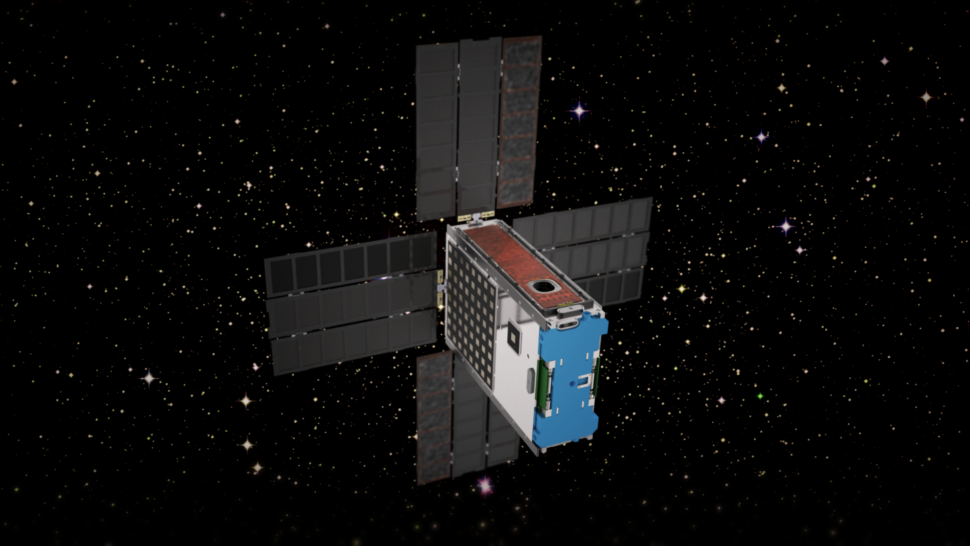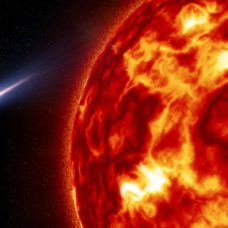After nearly 50 years, the National Aeronautics and Space Administration is now preparing to send living organisms into space. The U.S. space agency is reportedly working on a CubeSat called BioSentinel that will carry yeast cells into orbit around the Sun.
The BioSentinel is just one of the 13 CubeSats that will be carried by the Artemis 1 mission which is scheduled to launch around mid-2020. The last time NASA launched living organisms into space was during the Apollo 17 mission to the moon in December 1972.
Instead of lasting for just a couple of weeks like the Apollo 17 microbes, the yeast cells that will be tucked securely within the briefcase-sized BioSentinel CubeSat will remain in deep space for nine months to a year. The fundamental purpose of the project is to gather data about the long-term effects of deep space radiation on cell DNA and its capacity to repair itself.
Scientist at NASA’s Ames Research Center in Silicon Valley, where BioSentinel is currently being developed, are excited about the mission, citing that this is new territory for science.
Living Organisms in Space

According to reports, the BioSentinel CubeSat will weigh 14 kilograms, bringing with it two different kinds of yeast. The first one is the usual wild type Saccharomyces cerevisiae, which is said to be radiation-resistant. The other one is a mutant type of yeast which is highly sensitive due to its incapacity to repair its damaged DNA.
In its time orbiting the Sun, the living organisms together with an identical set of yeasts that will head to the International Space Station will be monitored by the BioSentinel scientists.
Furthermore, the growth of another set of S. cerevisiae yeasts here on Earth will also be monitored while they are being exposed to an environment with high radiation levels. The data that will be gathered from these different setups will be used to understand which effects in the growth and DNA repair of the living organisms are due to radiation or other components.
NASA wrote:
“BioSentinel’s results will be critical for interpreting the effects of space radiation exposure, reducing the risk associated with long-term human exploration and validating existing models of the effects of space radiation on living organisms.”



















Comments (0)
Most Recent